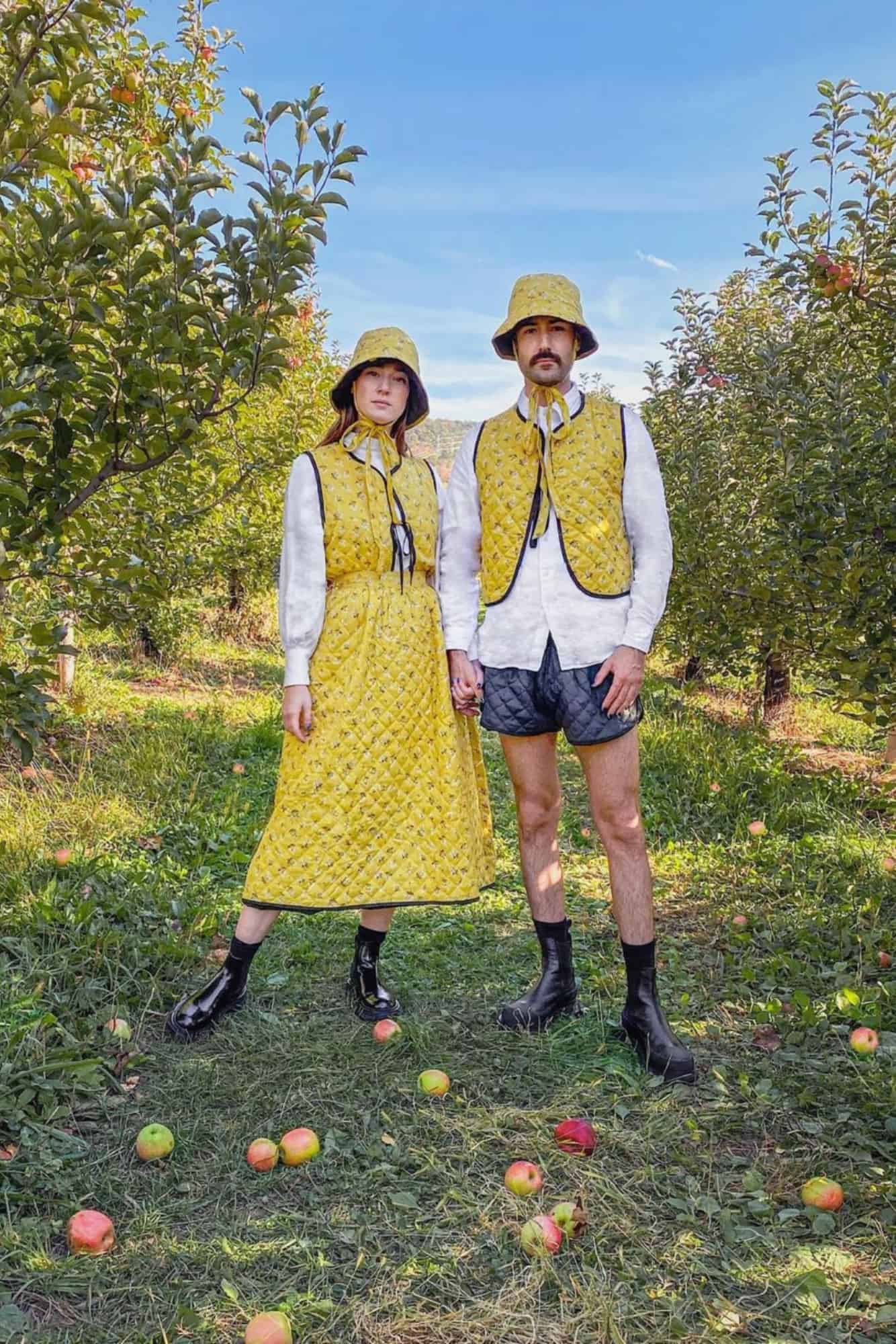For teenagers in the 2010s, YouTube hauls were a way of life. Nobody questioned why Zoe Sugg – then in her mid-twenties – was dictating our back to school shop. We didn’t stop to think which shades of Tanya Burr’s binge purchase of Maybelline Superstay Matte Ink would suit our skin tone, or if it was worth risking custom fees to replicate Bethany Mota’s Aeropostale basket ($85 later, it wasn’t). This was the future of shopping. But then came Gen Z.
Living through two recessions, the looming threat of climate change and a raging pandemic, this new wave of shoppers is armed with visions of a better future. Shopping isn’t just about spending money – it’s a vote of confidence in a brand’s values and ethics. The businesses set to survive through 2021 and beyond have a lot to live up to and Gen Z aren’t afraid to ditch those who disappoint. For proof, just see Morphe, which faced a boycotting campaign organised via TikTok until it agreed to drop Jeffree Starr following a string of racism scandals.
As a concept, hauls don’t really fit with the Gen Z worldview. To be honest, the format should’ve made us uncomfortable a long time ago. There’s a fine line between escapism and excess. Thumbnails depicting influencers sat in a maze of boxes proclaiming: “I spent WAY too much money at Sephora”, “£1000 House of CB haul” and “My biggest haul EVER” are distasteful at the best of times but, in the context of a global pandemic and rising unemployment, borderline offensive.
You may also like
Most pressingly, there’s the matter of sustainability. Arguably we’ve always known most of these clothes will end up in landfill, but the difference is now the repercussions aren’t just a vague threat to deal with in 50 years time. Climate change is on the news, in the streets, on Twitter – and in fashion content. Clothing resale apps like Depop have gone from strength to strength as young shoppers try to curb their carbon footprint. It also doesn’t hurt that tastes have reverted back to the 1900s and 2000s. Handpicked, vintage gems hold more social value than bulk bought Black Friday offers. The harder to buy and more exclusive, the better (something nobody ever said about a Zoella Primark haul).
According to Google, searches for hauls peaked in 2016. They haven’t quite recovered since – this year’s spike was the lowest since 2011 which, coincidentally, is when most of the big names in hauls first hit the scene. That’s not to say that hauls don’t have any future in social content. Pared back variations already exist on TikTok, more akin to inspirational aesthetic lookbooks with fewer items. Over on Instagram, influencers still document their purchases, but it’s less of a show and more of an update on their daily lives. Hauls are already on track to adapt and overcome – just expect the focus to shift from products to their role in a wider story.
A lot of those big haul vloggers have rebranded in the past few years. Zoe Sugg relegated her Zoella brand to a line of cosmetics and abandoned the YouTube channel of the same, instead settling on what used to be her vlogging platform where you’re more likely to learn about her favourite pumpkin patches than lipstick. Perhaps it’s telling that when Tanya Burr left YouTube to pursue an acting career, she marked her departure with a haul – the final hurrah before it was no longer possible to ignore that shopping content has changed. Probably forever – and there’s no going back.
By Chloe James, fashion and beauty reporter for CORQ.










The evolution of Zoella: A timeline of how the OG influencer has remained relevant for over a decade